LIVING IN ROMANIA
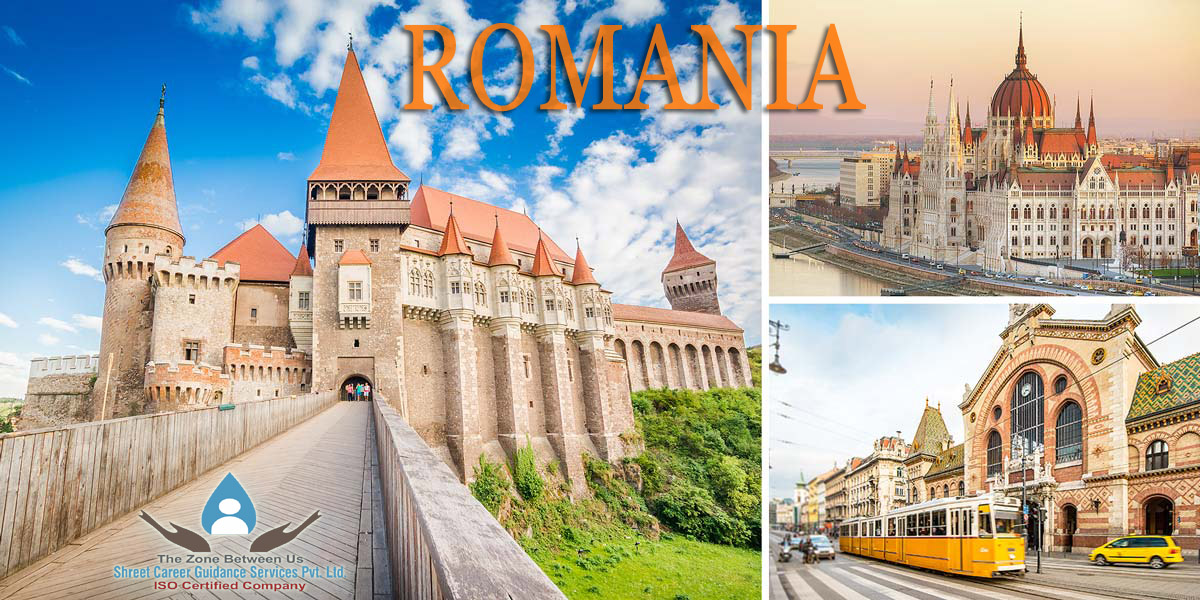
ABOUT ROMANIA
Romania has a large melange of culture and traditions to offer. Think medieval towns, time-capsule villages, delicious cuisine, picturesque monasteries, virgin forests, majestic mountains, a blossoming art community, impressive landscape and high quality education and it all consolidates Romania.
Romania is bounded by Ukraine to the north, Moldova to the northeast, the Black Sea to the southeast, Bulgaria to the south, Serbia to the southwest, and Hungary to the west.
Romania enjoys a considerable wealth of natural resources: fertile land for agriculture; pastures for livestock; forests that provide hard and soft woods; petroleum reserves; metals, including gold and silver in the Apuseni Mountains; numerous rivers that supply hydroelectricity; and a Black Sea coastline that is the site of both ports and resorts.
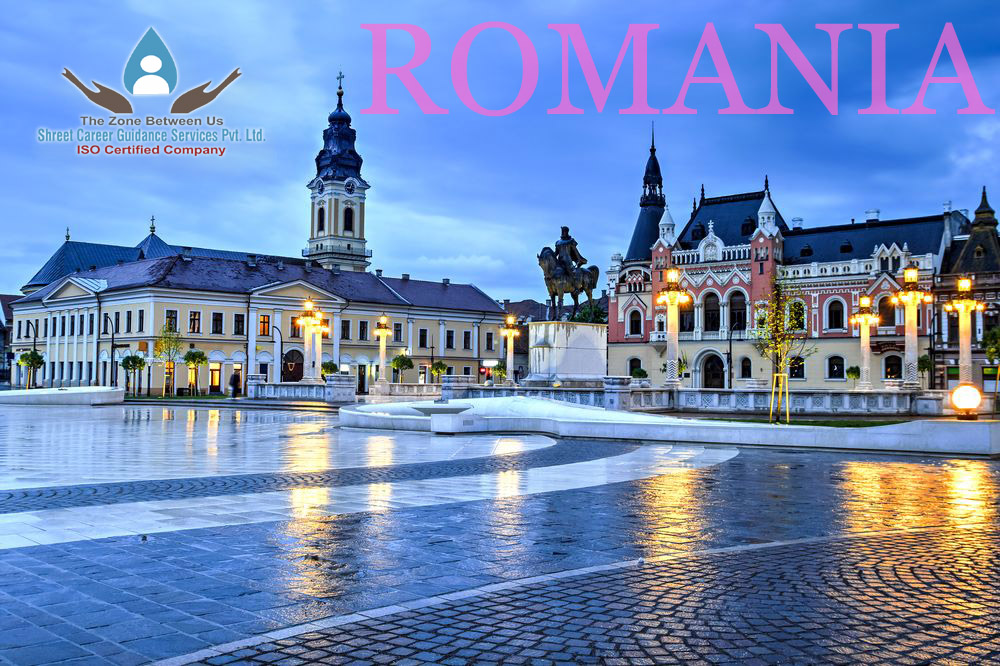
CLIMATE
Romania has a climate that is temperate and continental, with four distinct seasons. The average annual temperature is 11 °C (52 °F) in the south and 8 °C (46 °F) in the north. In summer, average maximum temperatures in Bucharest rise to 28 °C (82 °F), and temperatures over 35 °C (95 °F) are fairly common in the lower-lying areas of the country. In winter, the average maximum temperature is below 2 °C (36 °F).
LANGUAGE
Romanian is spoken as a first language by approximately 90% of the entire population, while Hungarian and Vlax Romani are spoken by 6.2% and 1.2% of the population, respectively. There are also native speakers of Ukrainian, German and Turkish language living in Romania.
English and French are the main foreign languages taught in schools in Romania .
RELIGION
Romania is a secular state and has no state religion. 81.0% of the population identify themselves as Christians. From the remaining population the people belong to other Christian denominations or have another religion comprising Muslims and Jewish. Few are atheist, whilst the religion of the rest is unknown.
FOOD
In Romania eggs and sandwiches with butter and meat, pastry or jam accompanied by coffee of tea are regular breakfast staples. Many kinds of meat are consumed in the country: pork, veal, chicken, turkey, rabbit, and fish. ‘Mititei’ soup, grilled sausage seasoned with garlic, is a common appetizer.
Main dishes are usually meat-based, such as tocana, a pork stew flavored with garlic and onions. Other popular dishes include sarmale cabbage leaves stuffed with rice and meat, and mamaliga (polenta), a cornmeal dish often served with poached eggs. Borsch, cabbage soup with bran, or ciorba, lamb soup, mushrooms, and other meats and vegetables, is often served.
Vegetables are served as side dishes, except for lent when a variety of vegetable – based dishes are usually served in every restaurant or household.
Typical desserts include “plăcinte”, a kind of pie using either salty or sweet ingredients or ‘Papanasi’ – a kind of donut accompanied with jam and sour cream – simply delicious!
For groceries shopping, big chain supermarkets are available in Romania , however for fresh and tasty veggies, the farmers markets are advisable.
CURRENCY
The Romanian currency is the LEU (plural: LEI), also listed as RON. One LEU is divided into 100 BANI.
Banknotes come in denominations of 1 leu, 5 lei,10 lei, 50 lei, 100 lei, 200 lei and 500 lei. The coins come in 50 bani and relatively useless 10 bani pieces.
Try to keep small-denomination (1 leu and 5 lei) notes on hand for shops, transport tickets, cafes and tips for waiters.
ATMs are everywhere and give 24-hour withdrawals in lei with a variety of international bank cards, including Visa and MasterCard. Credit cards are widely accepted in hotels and restaurants.
MONEY EXCHANGES
The best place to exchange money in Romania is at a bank. You’ll pay a small commission, but get a decent rate. You can also change money at a private exchange booth (casa de schimb) but be cautious of commission charges and always ask how many lei you will receive before handing over your bills. You will usually need to show a passport to change money, so always have it handy. Never change money on the street with strangers; it’s almost always a rip-off.
TRANSPORTATION
The transport network in Romania is fairly developed. A large rail and bus network exists, quality roads connect most of the country, and distant cities are connected by domestic flights. Larger cities have extensive public transport systems.
- By car
Traveling by car or coach is the easiest way and a majority, over 60 percent of foreign tourists use this way of transportation.
- By taxi
Taxis are relatively inexpensive in Romania and a popular way to travel with both locals and travelers. A Fly Taxi company also operates from the Henri Coanda (Otopeni) Airport.
- By bus
Bus can be the least expensive method to travel between towns. You can find one or several bus terminals (autogara) from where buses and minibuses depart for the towns and villages in the nearby area and to other cities in the country.
Minibuses are usually very uncomfortable, some buses are old and slow and delays of over an hour are not uncommon, especially for inter-city buses. However, buses are the best solution for a number of routes badly served by the railway network. Buses inside the cities are often crowded, so a reservation by phone might be necessary.
SHOPPING
Shopping experience in Romania can be fun and full of rich options. The little Romanian souvenirs shops are waiting for you as well: it’s where you will find local handmade items such as painted eggs, beautiful painted Orthodox Icons, embroidery and much more.
We are top study abroad education consultants who have been assisting medical aspirants to study MBBS abroad/ MBBS in Romania at government medical colleges of international recognition at very reasonable costs and carve out a niche path for themselves by becoming a qualified Doctor.
For more details contact:
 SHREET CAREER GUIDANCE SERVICES Pvt. Ltd.
SHREET CAREER GUIDANCE SERVICES Pvt. Ltd.
TollFree: 18002744466
Mob: +91 81738 72222
www.shreetguidance.com



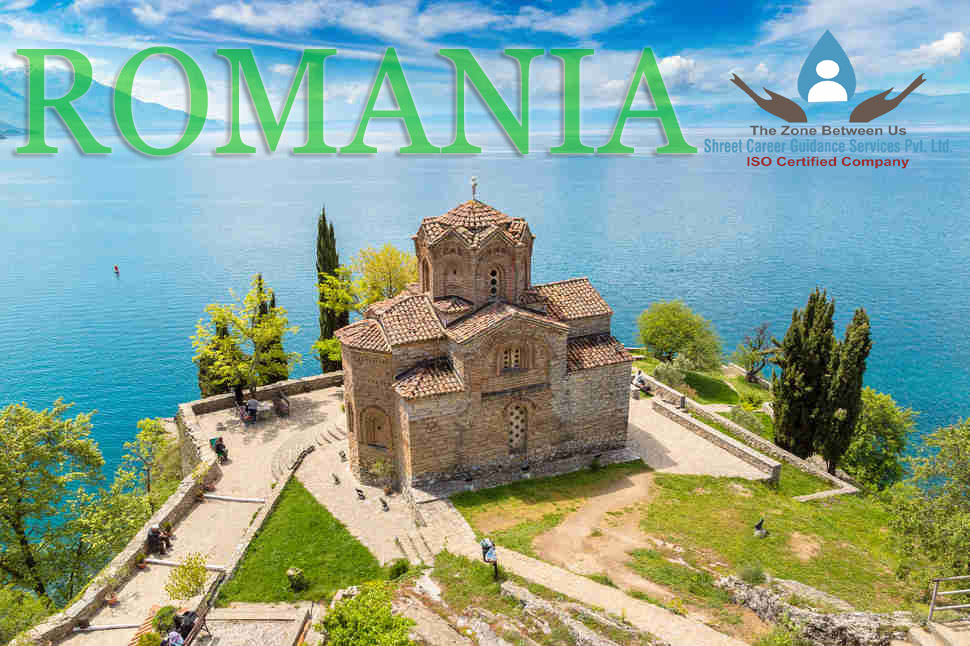
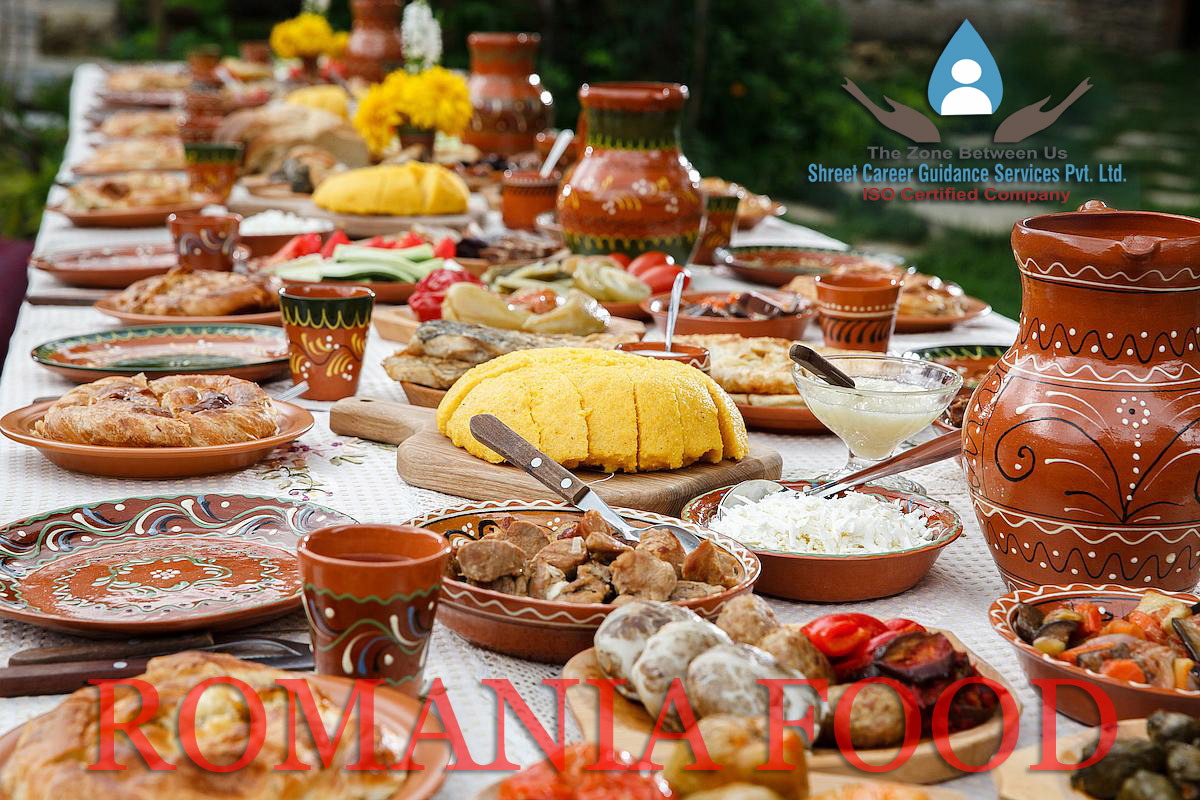
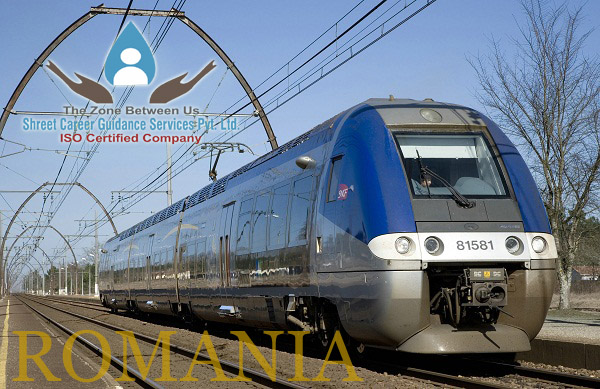
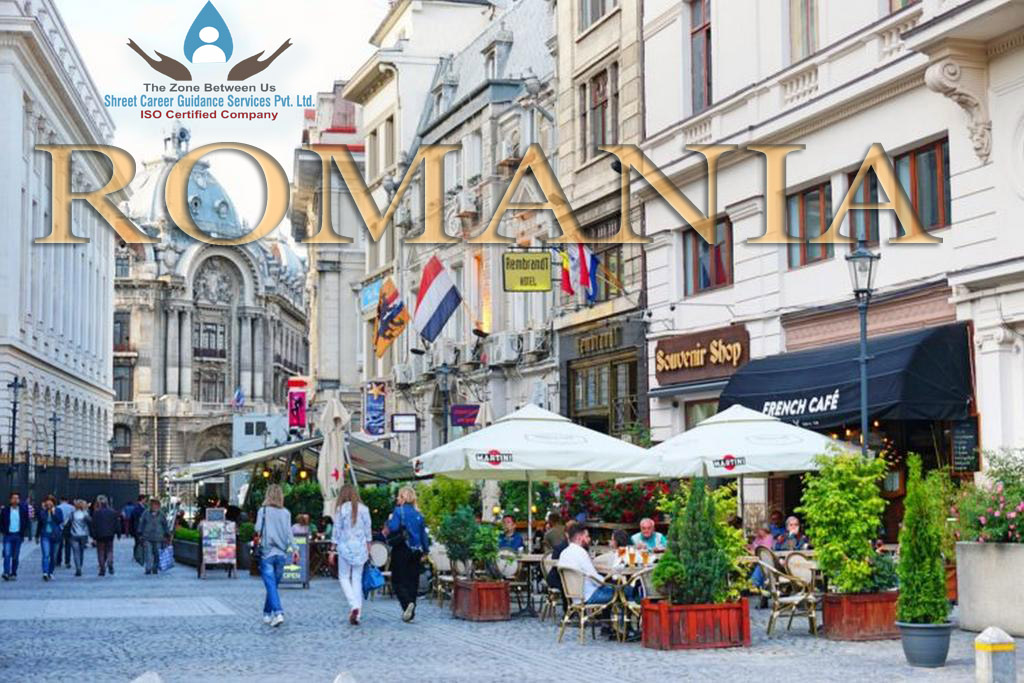
Leave a Reply
You must be logged in to post a comment.